
The James Webb Space Telescope (JWST) has made a groundbreaking discovery, unveiling a massive, doomed star shrouded in thick dust clouds. This marks the first direct observation of such an obscured red supergiant on the brink of a supernova explosion. Located approximately 5,000 light-years away in the Milky Way, this discovery could potentially solve the long-standing puzzle of why fewer red supergiants are detected than models predict before they explode.
Background on Red Supergiants and the Missing Population Mystery
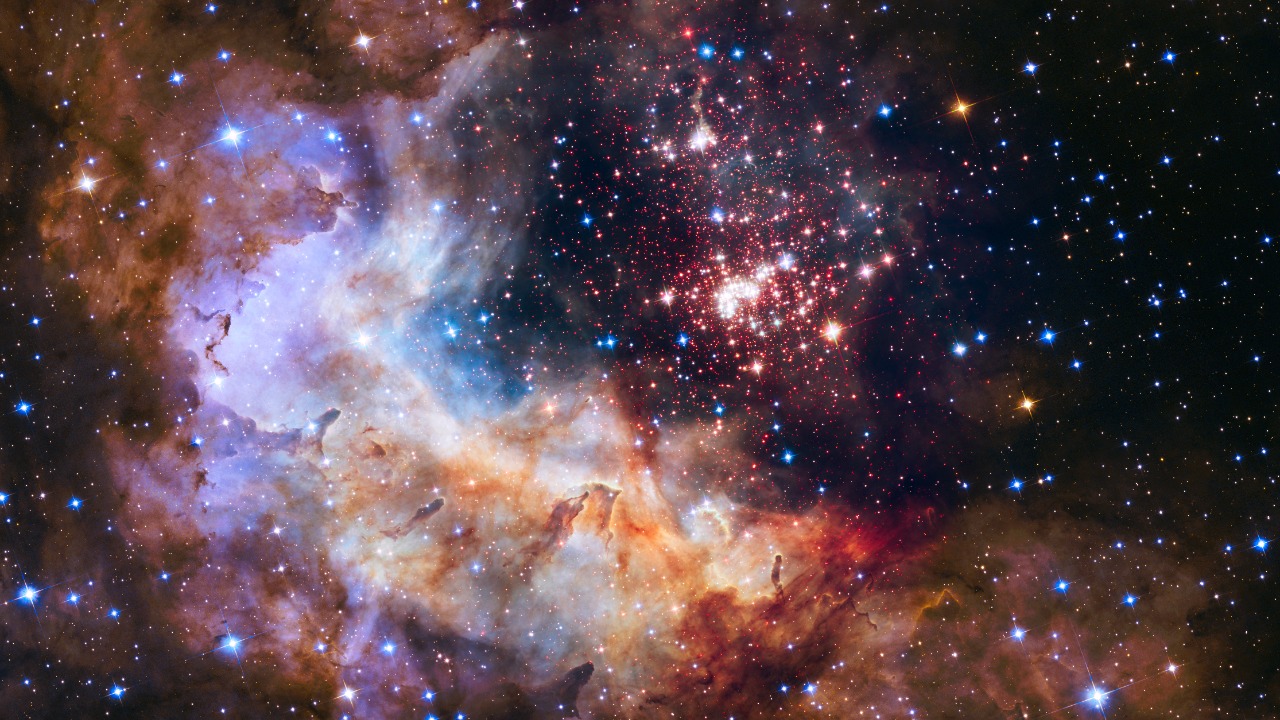
Red supergiants are massive stars in their late evolutionary stages. These celestial giants are characterized by luminosities up to 100,000 times that of the Sun and radii expanded to over 1,000 times solar size. However, observations have consistently shown about half as many red supergiants as expected based on stellar evolution models. This discrepancy, first noticed in the 1980s, has puzzled astronomers for decades, leading to various hypotheses suggesting that these stars might fade or become obscured rather than simply explode without precursors.
Previous telescopes, such as the Hubble, struggled to penetrate the dense dust envelopes that these stars increasingly produce, leaving a gap in our understanding of their final phases before core-collapse supernovae. This inability to observe obscured red supergiants has contributed significantly to the mystery of their missing population.
JWST’s Role in Revealing the Hidden Star
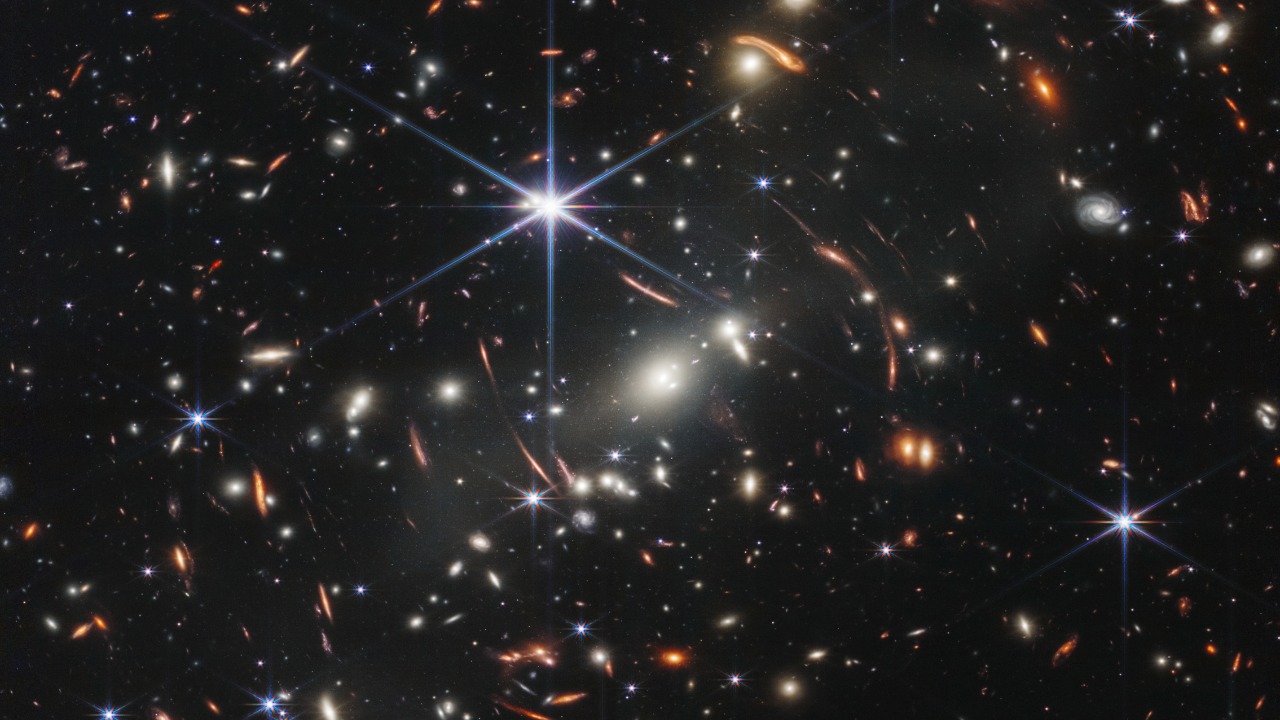
The JWST’s infrared capabilities have proven instrumental in detecting the doomed star’s light through the obscuring dust. The telescope revealed a bright, extended envelope around a central massive star estimated at 15-20 solar masses. The observation utilized JWST’s Near-Infrared Camera (NIRCam) to capture high-resolution images showing the star’s dusty cocoon, which had previously rendered it invisible to visible-light telescopes.
This detection underscores JWST’s sensitivity to mid-infrared wavelengths, enabling views of star-forming regions and evolved stars that were previously hidden from earlier observatories. The discovery of this obscured red supergiant is a testament to the JWST’s advanced capabilities and its potential to uncover hidden celestial phenomena.
Characteristics of the Doomed Star
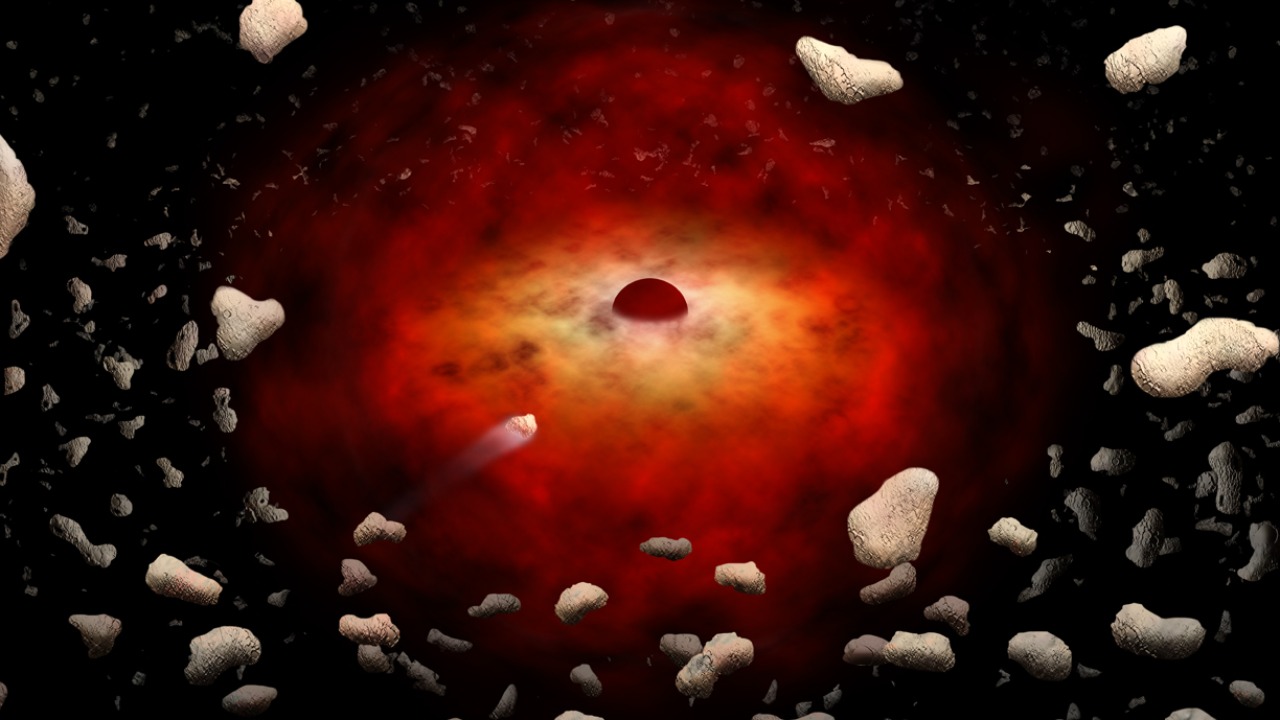
The star exhibits extreme mass loss, ejecting material at rates of about 10^-4 solar masses per year, forming a thick dust shell that dims its visible light by factors of thousands. Spectral analysis from JWST indicates the presence of silicates and carbon-rich dust grains in the envelope, consistent with a red supergiant transitioning toward a luminous blue variable phase.
Its location in a relatively nearby galactic region, at a distance of around 4,800 light-years, provides a rare opportunity to study such an object in detail without extreme redshift interference. This proximity allows for a more accurate and detailed analysis of the star’s characteristics and its surrounding environment.
Implications for the Red Supergiant Mystery
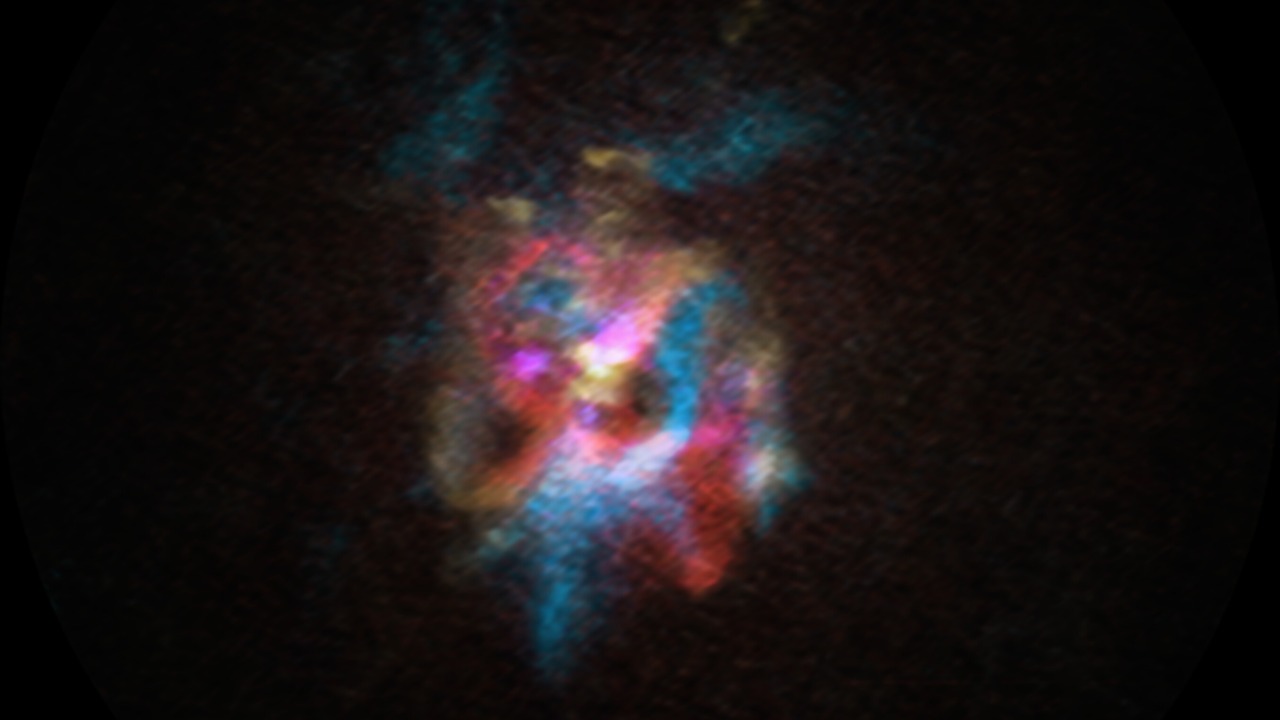
The discovery of this obscured red supergiant suggests that many “missing” red supergiants are not absent but heavily dust-enshrouded. Their intense mass loss creates opaque shells that hide them from surveys until eruption. Models updated with this dust-obscuration effect could reconcile observed populations with predictions, estimating that up to 50% of late-stage massive stars may be undetectable in optical wavelengths.
This observation aligns with evidence from other dust-enshrouded stars like Betelgeuse during its 2019-2020 dimming event, supporting a broader paradigm of episodic dust production in supergiant evolution. The discovery of this obscured red supergiant could therefore represent a significant step towards solving the decades-old mystery of the missing red supergiant population.
Observational Techniques and Data Analysis
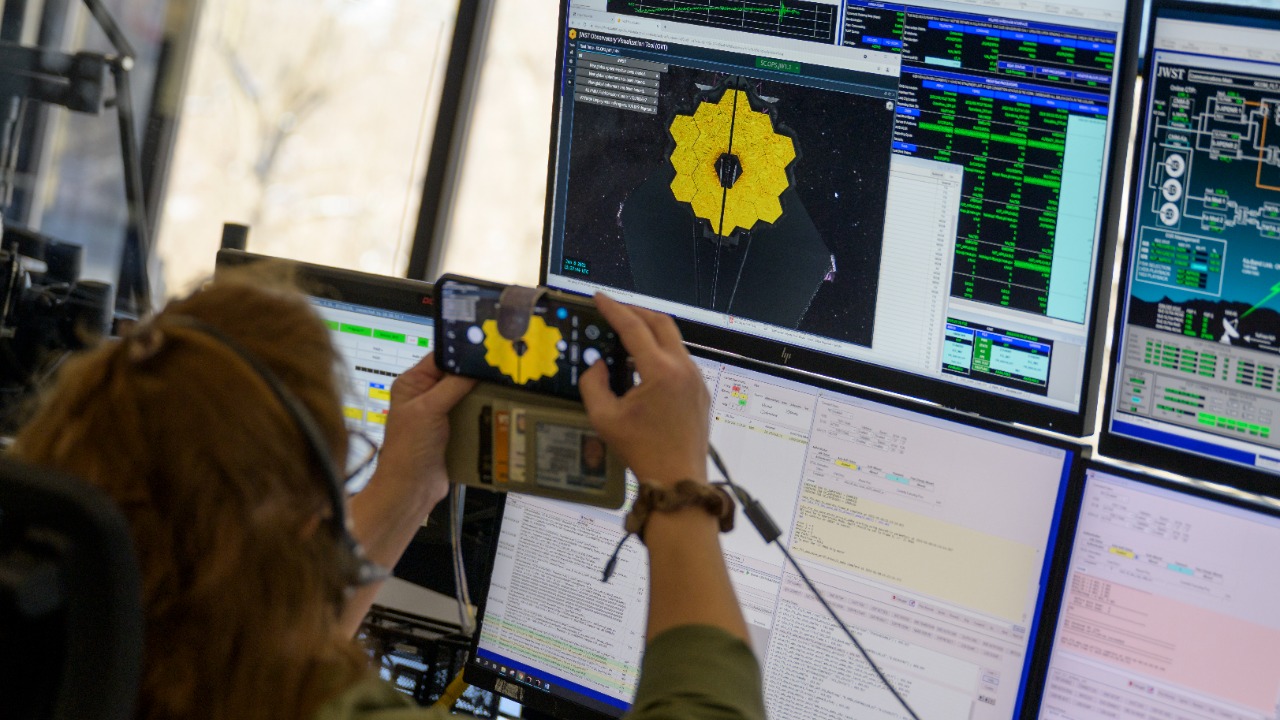
The JWST team employed multi-wavelength imaging, combining near- and mid-infrared data to map the dust distribution and infer the star’s temperature, estimated at around 3,500 Kelvin. Analysis involved radiative transfer modeling to simulate how dust scatters and absorbs light, revealing the star’s intrinsic brightness as over 500,000 times the Sun’s luminosity.
Calibration against known obscured stars helped validate the findings. The data was processed using custom pipelines to remove instrumental artifacts and enhance resolution to 0.1 arcseconds. This meticulous approach to data analysis ensured the accuracy and reliability of the observations.
Future Observations and Broader Impacts

Upcoming JWST programs aim to monitor this star for changes in its dust shell over the next few years, potentially capturing precursors to its supernova outburst. This ongoing observation could provide invaluable insights into the final stages of a red supergiant’s life and the processes leading up to a supernova explosion.
The discovery could also inform searches for obscured progenitors in distant galaxies, improving supernova rate estimates and understanding of heavy element production in the universe. Collaboration with ground-based telescopes like the Very Large Telescope will provide complementary spectroscopy to track chemical compositions in the ejecta, further enriching our understanding of these celestial phenomena.